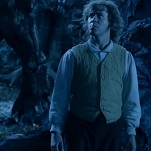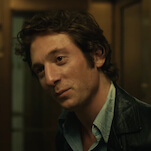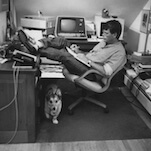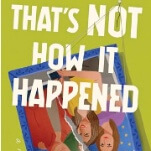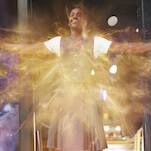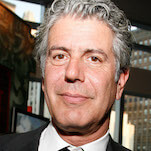Every year, thousands of people pay more than $350 to eat sushi at a 10-seater restaurant in a Tokyo subway station, making reservations at least a month in advance to dine at one of the few fast-food stands in the world to earn three stars from the Michelin guide. The proprietor, Jiro Ono, is in his mid-80s, and has spent his life innovating and refining, always asking himself, “What defines deliciousness?” David Gelb’s documentary Jiro Dreams Of Sushi shows what a meal at Sukiyabashi Jiro is like: each morsel prepared simply and perfectly, then replaced by another as soon as the previous piece is consumed, with no repetition of courses. Once an item is gone, it doesn’t come back. That’s why each one has to be memorable.
Jiro Dreams Of Sushi also covers Ono’s background and his family, including his two grown sons: the elder has been waiting patiently for decades to take over the business, and the younger runs a more casual version of his dad’s restaurant across town. Gelb talks to a top Japanese food critic who explains what makes Ono’s sushi so sublime, and shadows Ono’s apprentices, who have to learn how to properly wring a hot towel before he’ll allow them to slice a fish or cook an egg. He also follows Ono’s vendors, who adhere to the philosophy “If 10 tuna are for sale, only one can be the best.” But while everyone takes their jobs seriously, Gelb’s documentary is far from humorless. At one point, Ono probably speaks for some people in the audience when he jokes that one of his vendors “seems so knowledgeable, I worry that he’s making it up.”
Even at a brief 81 minutes, Jiro Dreams Of Sushi runs a little longer than it needs to, given that it’s making the same point over and over: that it takes uncommon dedication to repeat the same steps every day for decades, always looking for ways to make the process better, not easier. But Gelb creates a peaceful, contemplative mood with his long shots of men delicately molding fish onto rice, such that when Ono walks past a blaring shopping-mall video-screen at one point, the intrusion of the modern world seems out of place. In the end, maybe Ono and his staff are deluding themselves when they say their goal is to present each ingredient at its peak moment of tastiness. But this movie argues persuasively that it’s that constant pursuit of improvement—even to the best sushi in the world—that gives us all a reason to wake up and punch in.



